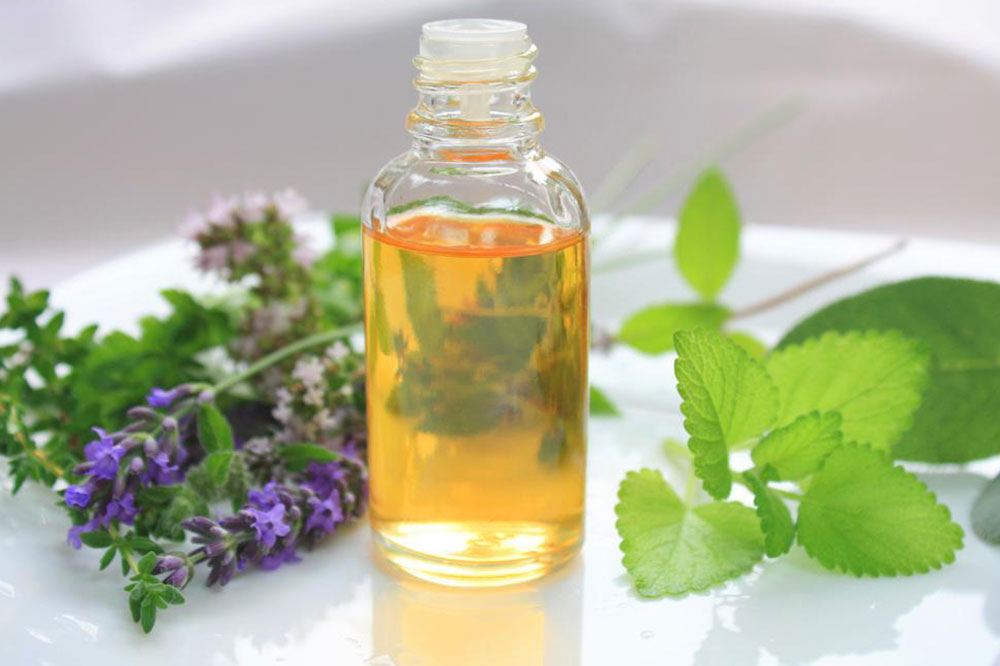Comprehensive Guide to Opioid Abuse: Understanding Its Impact and Risks
This comprehensive article explores the critical aspects of opioid use, highlighting their medical benefits, risks of addiction, and the current opioid crisis. It discusses natural and synthetic opioids, their pharmacology, and the alarming rise in overdose deaths. Emphasizing the importance of responsible medication use and early intervention, the article offers insights into tackling opioid addiction more effectively. Aimed at raising awareness, it underscores the need for increased education, stricter regulations, and support systems to combat opioid misuse worldwide.

Essential Information on Opioid Use and Addiction
Opioids are a class of powerful medications widely prescribed by healthcare professionals to manage acute and chronic pain. They work by targeting the nervous system to provide significant pain relief, especially in cases of severe injuries, post-surgical recovery, or palliative care. Available in various forms such as tablets, capsules, liquids, and patches, opioids have become an integral part of modern medicine. However, despite their efficacy in alleviating pain, opioids are also recognized as the leading substances of misuse and addiction globally, posing significant public health challenges.
Understanding the complexities of opioid use, their pharmacology, and the associated risks is crucial to tackling the ongoing crisis. The opioid class includes many different drugs, each with unique properties but sharing a common potential for dependence and abuse. Here are some fundamental facts you should know about opioids and addiction:
Prescription opioid pills play a central role in the ongoing opioid epidemic, with a significant number of addiction cases stemming from medically prescribed drugs.
The primary active component responsible for both the therapeutic effects and abusive potential of opioids is morphine, a natural compound derived from the opium poppy plant.
Morphine, a key substance in the opioid family, is extracted from poppy seeds, making it one of the oldest pain-relief drugs used in medicine. There are many street names associated with opioids, reflecting their wide recreational use and clandestine market. These include Cody, Captain Cody, Schoolboy, Doors and Fours, Pancakes and Syrup, Demmies, White Stuff, Monkey, Goodfella, and Apache. Recognizing these slang terms is vital for understanding conversations and reports related to drug abuse.
Another critical aspect of opioid misuse involves the role of certain medications like cough suppressants. Some over-the-counter and prescription cough medicines contain codeine, an opioid that is potent enough to cause dependency if misused. This highlights the importance of responsible medication use and monitoring by healthcare providers. Additionally, heroin — a street drug also derived from opium — represents a dangerous extension of opioid abuse. Due to its illegal status and often impure form, heroin poses severe health risks, including overdose and infection.
Opioids exert their effects by binding to specific receptors located in the brain, spinal cord, and other parts of the nervous system. These receptors are part of the body's natural pain-relief mechanisms. When opioids bind to these receptors, they mimic the body's natural neurotransmitters, producing analgesic effects that block pain signals. The pharmacology of opioids involves two major types: natural opiates like morphine and codeine, and synthetic opioids such as oxycodone, hydrocodone, fentanyl, and methadone. Although their mechanisms are similar, synthetic opioids tend to be significantly more potent and carry a higher risk of overdose.
It is crucial to understand that while opioids are effective in pain management, they can lead to dependency rapidly. The brain’s reliance on these substances involves changes in neural pathways, which means that when the medication’s effects wear off, patients may experience intense pain or withdrawal symptoms. This dependency phenomenon significantly contributes to the cycle of misuse and addiction.
Additional vital facts about the opioid crisis include:
Over the last decade and a half, deaths due to opioid overdoses have increased fourfold, surpassing fatalities caused by car accidents in many regions.
The American Society of Addiction Medicine reports that opioid prescriptions in the US surged four times between 2000 and 2010. By 2013, the total number of prescriptions exceeded 300 million annually, which is enough to potentially supply every adult in the country with opioids. This widespread availability fuels misuse and addiction.
Many individuals who misuse prescription opioids eventually turn to heroin, as it is cheaper and more accessible. Data indicates that about 5% of people misusing opioids become heroin-dependent; furthermore, surveys show that, on average, five out of six people using opioids have done so non-medically at some point.
Poisonous synthetic opioids like fentanyl and carfentanil are exponentially more potent than morphine—up to 100 times stronger. These drugs are associated with a dramatic rise in overdose deaths because of their potency, which can easily lead to respiratory failure. Handling these substances requires strict safety precautions to prevent accidental exposure, including the use of protective gear for first responders and medical personnel.
In conclusion, opioids are a double-edged sword—indispensable for pain relief yet highly addictive and dangerous when misused. Awareness, responsible prescribing practices, patient education, and support for addiction treatment are essential components in addressing this global crisis. If you or someone you know is struggling with opioid dependency, seeking professional help is vital. The fight against opioid misuse continues to be a top priority for health authorities worldwide, aiming to reduce overdose deaths and improve public health outcomes.





